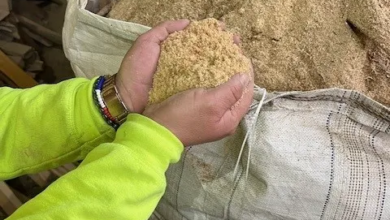How can printers get the perfect print on athletic apparel?
When printing onto polyesters, blends, or anything else that may tend to bleed, you want to ensure your process is correct. You want to make sure you have a good stencil on the print side of the screen (typically at least two coats of a high solids emulsion), proper off-contact, and increase the squeegee angle. The key here is a nice layer of ink to lay down on top of the garment, not pressed through the fibers of the garments. Think of it as the roots of a tree. If a tree doesn’t have a sound root system, it is hard to absorb water. The same is true when it comes to the dye in a garment, and the ink. The more you improve your process, the better chance your ink has at blocking the dye.
One key to ensuring that your garment does not melt or bleed is to control the temperature. The first step when your garment gets exposed to heat is the flash unit. Over flashing is a big problem and can lead to melted shirts and bleed. The key is not to have your flash so hot that the temperature of the garment is reaching over 280 degrees F. You should be flashing just long enough to eliminate ink transfer, not so long as to fully cure the ink. To avoid over flashing, you may need to adjust your flash times on longer runs as your platens heat up, and less energy is required to flash your print.
The second step in temperature control is to keep your dryer temperature under 300 degrees F. You can test the fastness of the dye by using a dye test kit on the fabric to determine what temperature the dyes in the garment will release. Some temperature-sensitive fabrics and more poorly dyed garments may require your oven temperature to be as low as 280 degrees F. This can be a challenge with short dryer tunnels or inconsistent heat control. You must keep your oven temperature below 300 degrees F and adjust your belt speed to give your printed garment enough dwell time in the oven to ensure proper cure.
Don’t speed up the process. If you do, you will get bleed or under-cured garments. Bleed or under-cured pieces may mean you need a dryer with a longer tunnel. If you do not have a thermal donut probe, you may want to get one to ensure that your oven is running at the proper temperature.
The next step is choosing ink.
—Monarch Color Corporation




